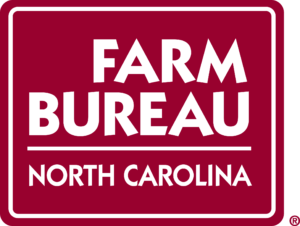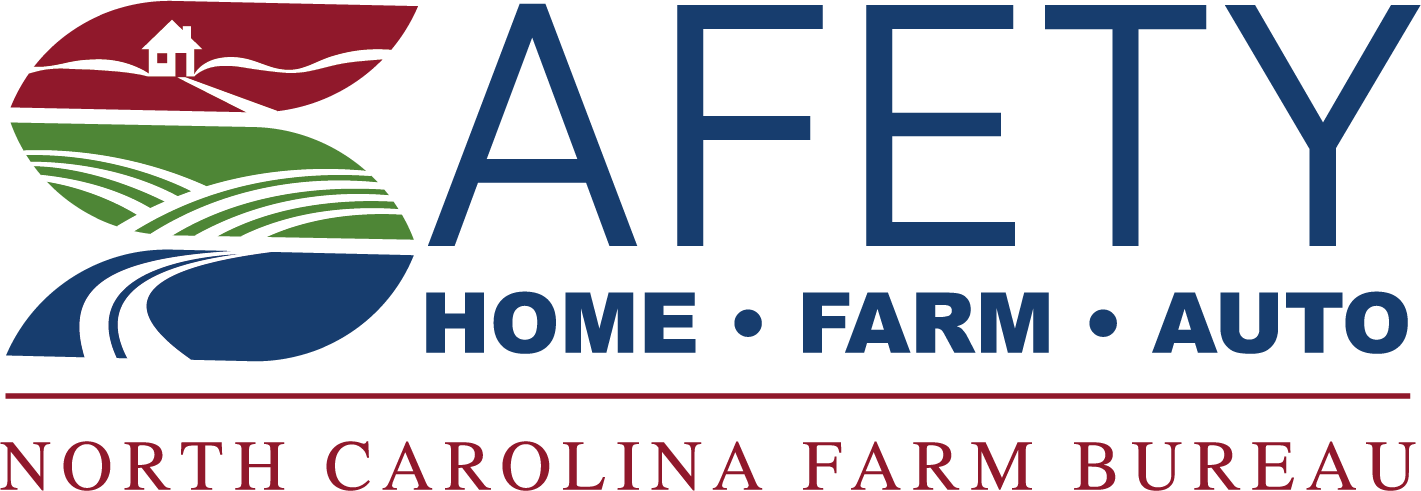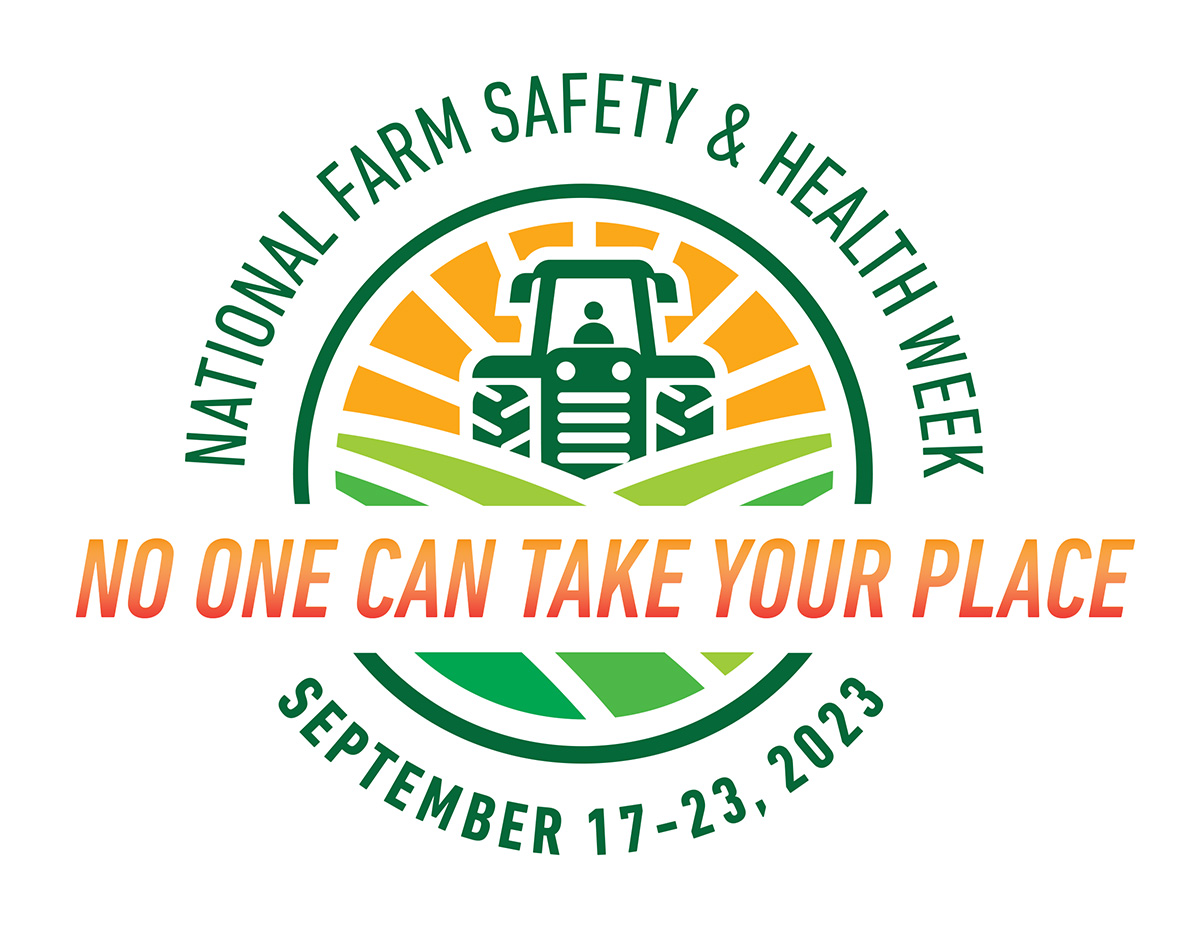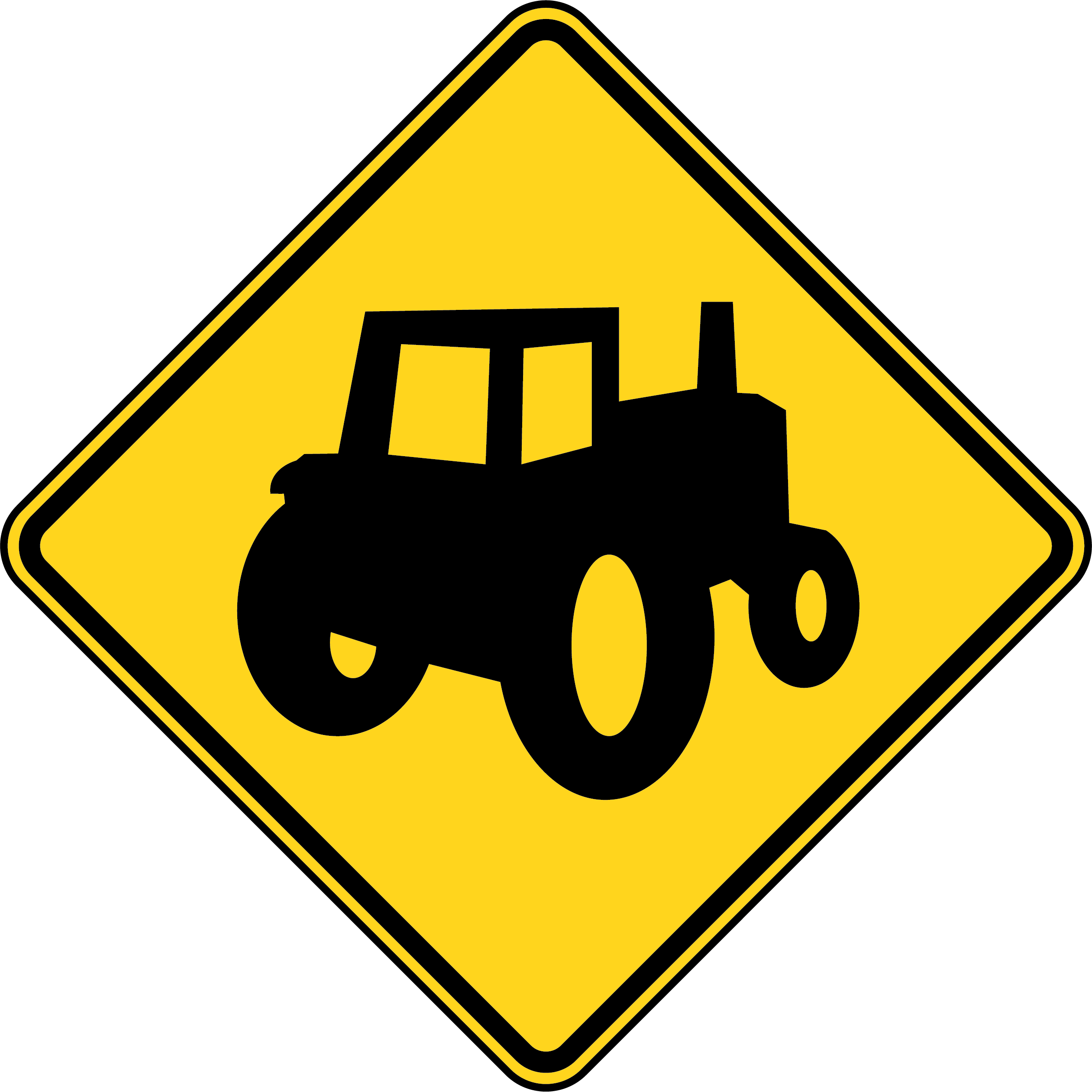
See a Tractor?
Slow Down.
Rural roads carry less than half of America’s traffic yet they account for over half of the nation’s vehicular deaths. There are many factors that contribute to this but the fact remains that rural roads pose a unique set of risks to travelers, including farm vehicle operators.
From 2015-2019, there were more than 1,000 accidents on North Carolina roads involving farm vehicles, tractors, and equipment – that’s more than 200 every year. These accidents tend to happen in large farming communities, suburban areas, and on high speed roadways where passenger vehicles and farm vehicles share the road.
Studies have found that 82% of farm equipment crashes involve a non-farm vehicle. Roadway collisions are extremely dangerous for tractor operators, but these accidents are also deadly for non-farm vehicles. In fact, fatalities are FIVE TIMES more likely in accidents involving farm vehicles. This fall, let’s all get home safely. If you see a tractor, please be patient and slow down.
Facts about Tractor Safety on the Road
National Farm Safety & Health Week
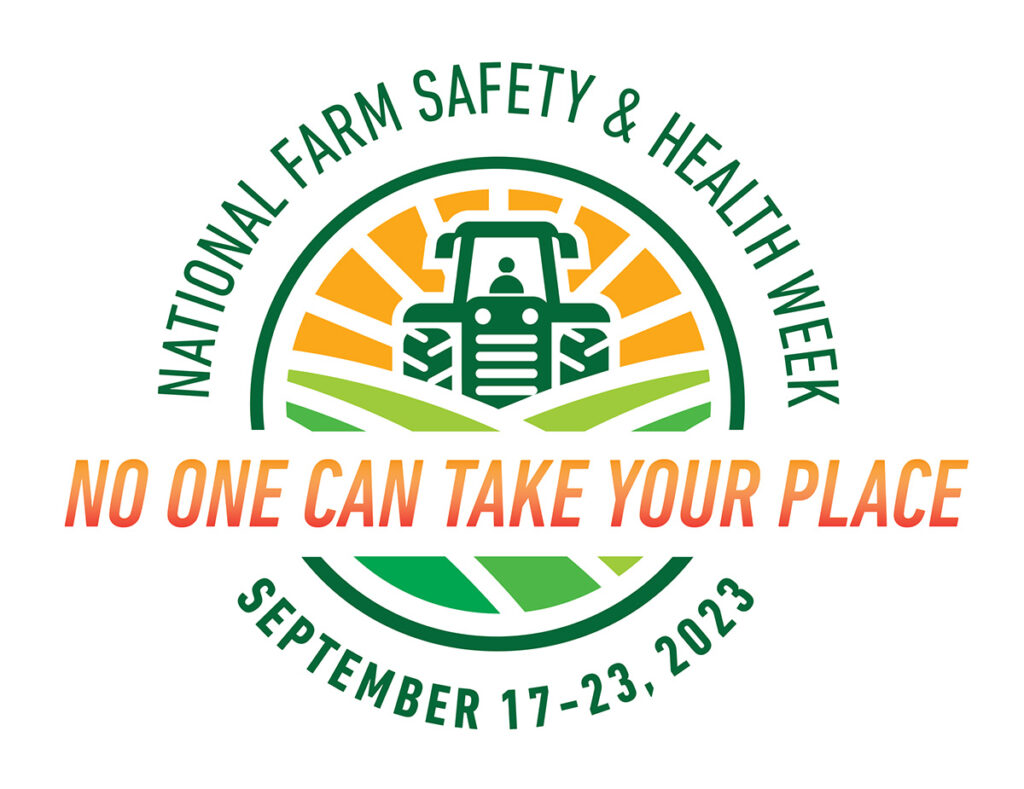 The 2019 data for the U.S. Bureau of Labor Statistics indicates that the agricultural sector is still the most dangerous in America with 573 fatalities, or an equivalent of 23.1 deaths per 100,000 workers.
The 2019 data for the U.S. Bureau of Labor Statistics indicates that the agricultural sector is still the most dangerous in America with 573 fatalities, or an equivalent of 23.1 deaths per 100,000 workers.
Fall harvest time can be one of the busiest and most dangerous seasons of the year for the agriculture industry. For this reason, the third week of September has been recognized as National Farm Safety and Health Week. This annual promotion initiated by the National Safety Council has been proclaimed as such by each sitting U.S. President since Franklin D. Roosevelt in 1944. National Farm Safety and Health Week is led by the National Education Center for Agricultural Safety (NECAS), the agricultural partner of the National Safety Council.

